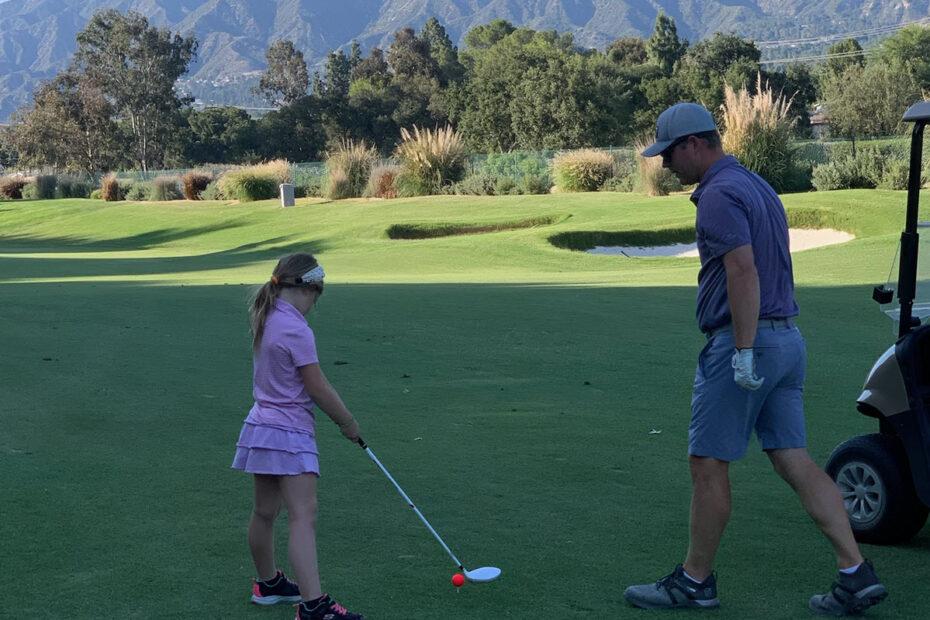As the madness of March fades into April, the focus of the sports world shifts away from college basketball. This April, NBA and NHL playoffs races are heating up, the MLB season begins, and teams are competing to qualify for the World Cup. But one event will always be synonymous with April, The Masters.
As an avid, though below average, golfer, I love watching this storied tournament held annually in Augusta, Georgia. The classic sights and sounds from the year’s first major tournament can be nostalgic for some, and for others signals the beginning of Spring and the start of the golf season. This year has some added intrigue. News of Tiger Woods arriving in town has golf fans buzzing with his potential return from his devasting leg injury.
I followed this story from the outset. Like many of us who live in LA, I have driven on those windy PalosVerdes roads where the accident occurred. From reviewing accounts of the story, Tiger sustained an open fracture of his tibia (shin bone). This means that some of the bone came out through the skin. In addition to this, he damaged the talus bone. The talus is a domed-shaped bone that sits below the tibia and allows for the up and down movement of the ankle joint. This combination of injuries only occurs in high-energy trauma. Although no reports have confirmed he is playing in this year’s Masters Tournament, the fact he has recovered well enough to play golf at a high level again is amazing.
More often, golfers sustain overuse injuries to the elbow, shoulder, or wrist. Golfer’s elbow is a condition of chronic inflammation to the tendons on the inside (medial) part of the elbow. It is typically seen in the golfer’s non-dominant arm. The repetitive gripping and flexing of the forearm muscle to maintain a square clubface lead to this condition. Pain is often made worse by lifting, and swinging a golf club, of course. Treatment consists of rest, ice, anti-inflammatories, bracing, and physical therapy exercises. Fortunately, surgery is rare for this condition.
If you have sustained a golfing injury, contact us at Beach Cities Orthopedics and Sports Medicine. We can help get you back on the course!
Ryan Morgan, MD
